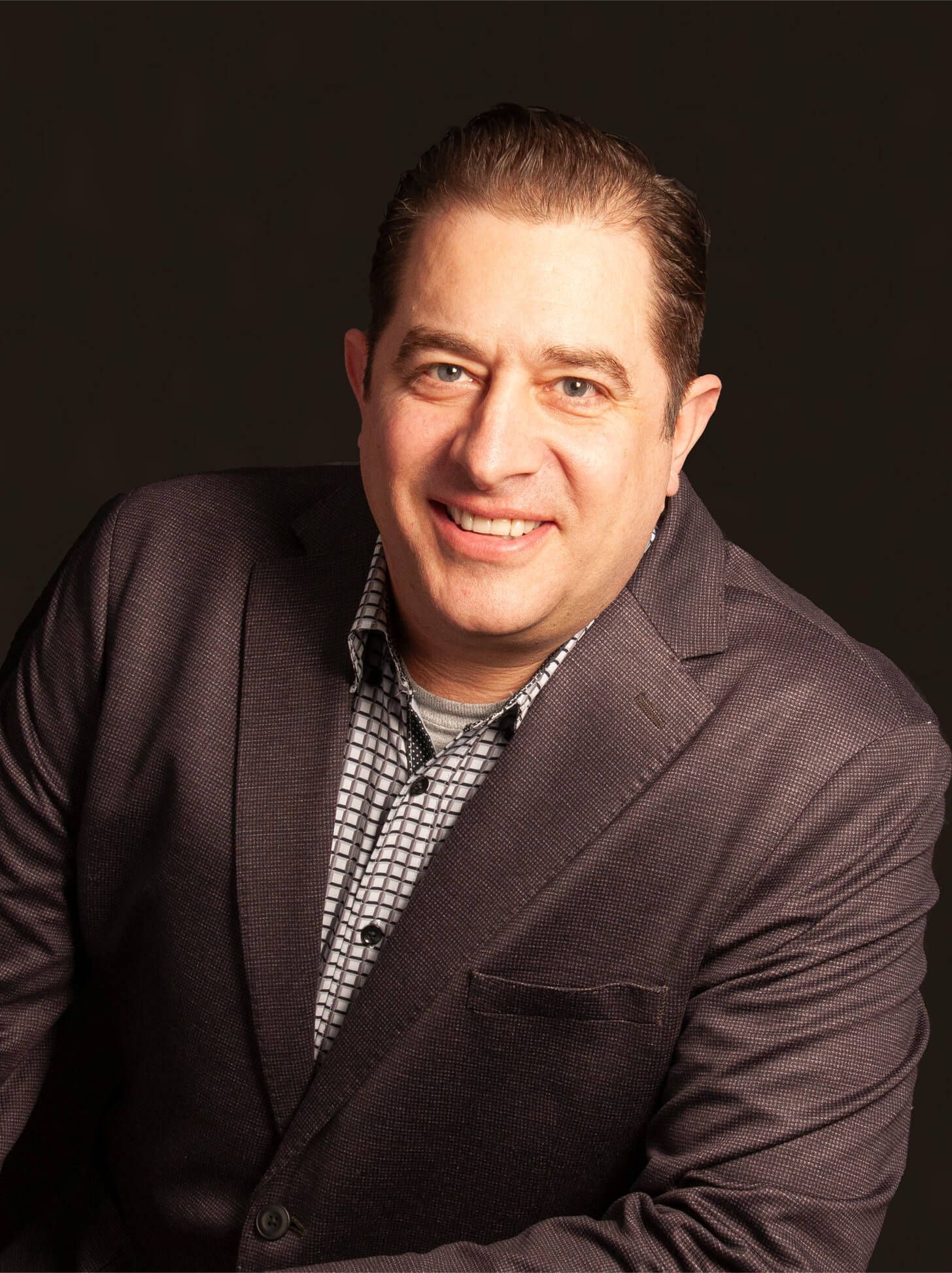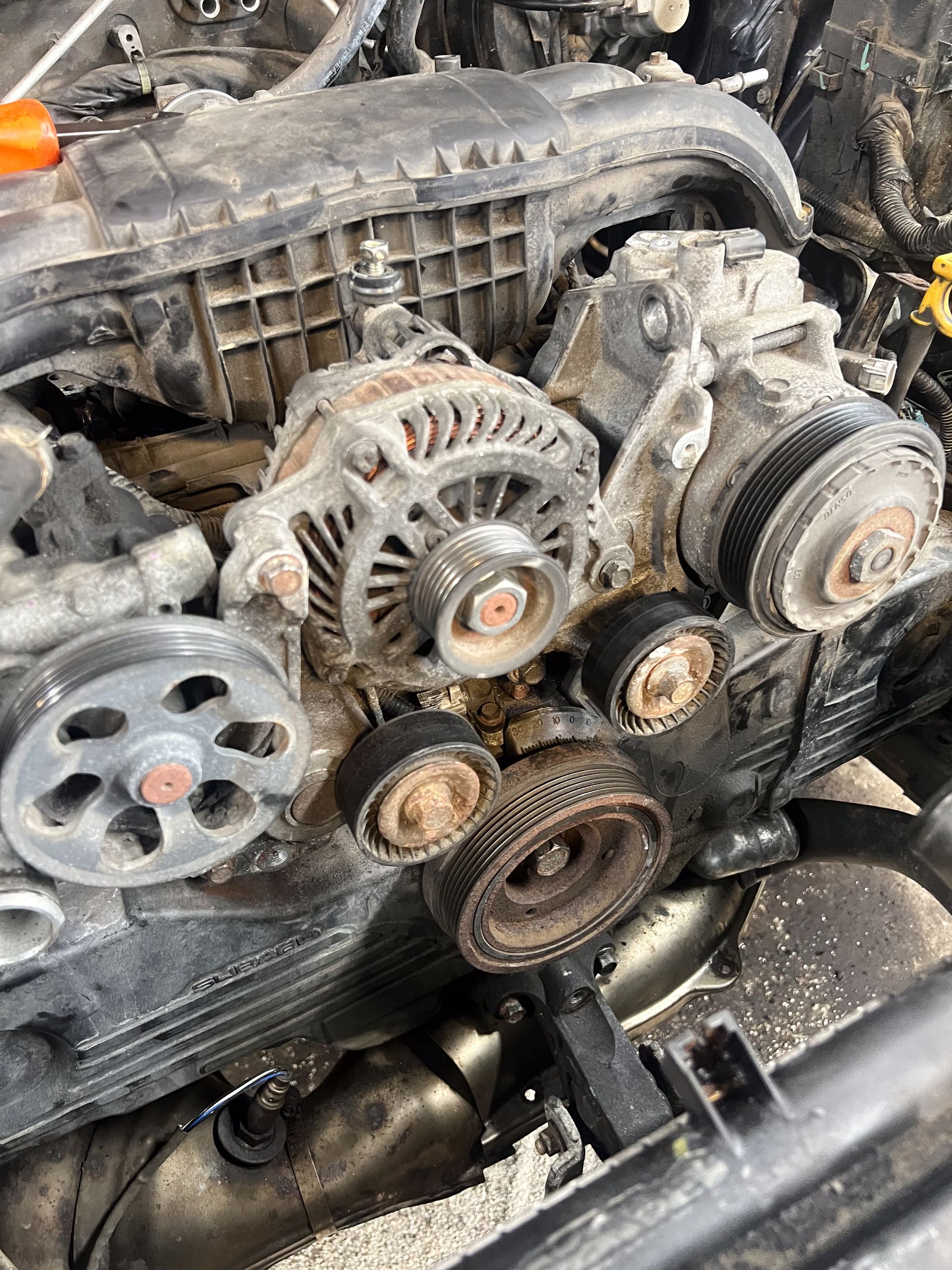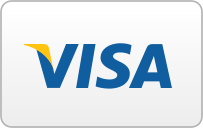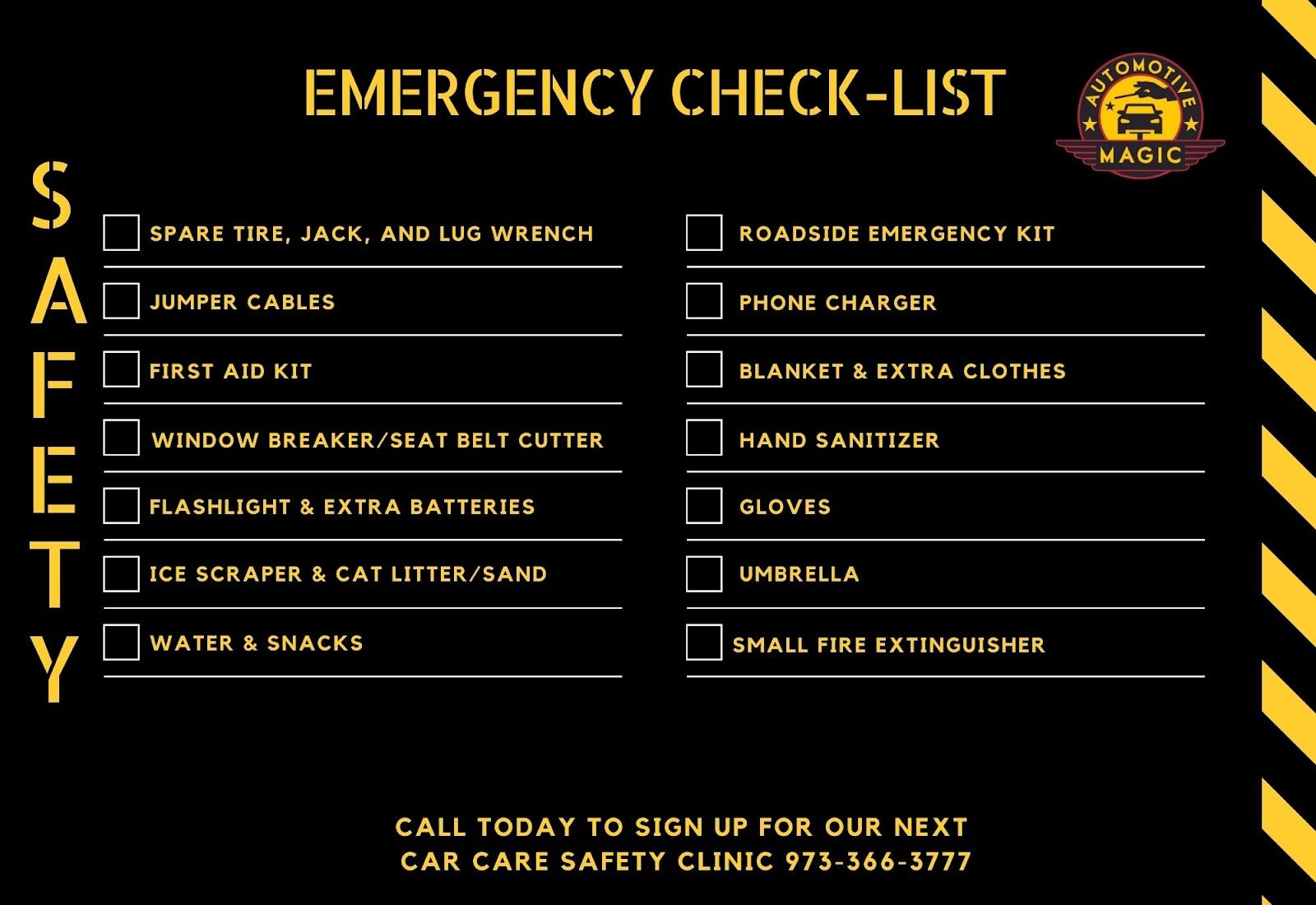Jump-starting A Car
Have you ever been burdened with a dead battery in your vehicle? Most of us have experienced the pain of going to start our cars and getting nothing but a rapid-paced click, or nothing at all. A dead battery can happen at any time, and having the right knowledge and equipment is essential to get back on the road in an emergency. Jump-starting a car is a skill that every driver should know in case they’re ever stuck with a dead battery, so in this blog, we’ll be diving into How to Jump-start Your Ca r.
Why do car batteries die? Car batteries have a lifespan in which they will work as intended, typically four to seven years. After that, they’ll start to lose their ability to hold a charge. A car battery will also lose its charge if something draws power from the battery after the vehicle is turned off. This can be something as simple as leaving a light on, but can also be very intricate like a power draw from a module or radio. You may also notice a greenish/teal-colored corrosion over the battery terminals or wires, which should be cleaned off because it can affect the battery connection. Whatever the case may be, it is important to find the source of the dead battery so it doesn’t continue to happen, and you don’t get stranded again.
Step 1.) Locate the battery.
You’ll first need to locate the battery. It is usually under the hood, but in some cars can be in the trunk, or under one of the seats. Once the battery has been located, you’ll need to differentiate between the positive and negative battery terminals. The positive terminal is marked with a plus sign and will also usually be marked red. The negative terminal will be marked with a minus sign and is usually marked black. If the jumper cables or pack are incorrectly attached when you try to jump it, then you will most likely short the battery and kill it for good.

Step 2.) Attaching the jumper cables/jump starter.
Remember reading about the positive and negative terminals? The jumper cables, or cables coming off of the jump pack, will also be marked positive or negative. Start by connecting one end of the red cable to the positive terminal of the dead battery, and the other to the positive on the live battery. Then connect one end of the black cable to the negative terminal on the live battery, and the other end to the negative on the dead battery. The black cable, which is the ground, can also be connected to an unpainted metal surface of the motor or chassis under the hood. Once everything is connected, make sure the connections are strong before moving forward. If you are using a jump pack, all you need to do is connect the correct positive and negative cables to the battery and make sure the jump pack is turned o n and ready to use.

Step 3.) Jump- starting the car.
Now that everything is ready to go, the vehicle can be jump-started. If cables are being used, it is best to start the other vehicle first. Let it run for a few minutes to help charge the dead battery, then try to crank the dead vehicle over. If it doesn’t start on the first try, don't fret. It may take a few tries to get the dead car to start. When it does start, you can remove the cables and close the hood, but KEEP THE CAR RUNNING! Letting the car run after it starts for at least 15 minutes will give the alternator time to recharge the battery so it doesn’t just die again.
With a jump pack, all you need to do is start the vehicle. Once it starts, you can disconnect the jump pack, close your hood, and be on your way! If the vehicle still doesn’t start after trying it a few more times, unfortunately, it may be time to call for a tow and seek professional help to diagnose the issue. Jump-starting a car can be a straightforward process when done correctly, but it's crucial to follow these steps carefully to avoid damage to the vehicle or injury to yourself. Knowing this skill can help you out of a situation and save you both time and money when you get stuck.
Again, we highly recommend keeping a set of jumper cables or a jump starter easily accessible in your vehicle in case of an emergency. While we hope you don’t find yourself in a situation where you’ll need to use this information, we also hope this gives you more confidence in handling such situations effectively. If there are any questions or concerns we ask that you please reach out to us so we can help clear them up! Thanks for reading!

Shawn Gilfillan is the dedicated owner of Automotive Magic in Kenvil, NJ. With over two decades of experience, Shawn has led his team in providing expert auto repair and service since 2003.
In 2022, Magic Lube & Rubber was born in Lake Hopatcong, NJ. Committed to fostering strong community ties and supporting team development, Shawn prioritizes customer satisfaction above all. As a proud family man and long-time resident of Roxbury, NJ, Shawn brings a blend of professionalism and warmth to his business.
Trust Shawn and his team for all your automotive needs with confidence and assurance.


Professional Auto Services
cost-effectively provided.
Services
List of Services
-
Car A/C & Heat RepairCar A/C & Heat Repair
-
Brake Repair & ServiceBrake Repair & Service
-
Diagnostics & InspectionsDiagnostics & Inspections
-
Fleet ServiceFleet Service
-
Maintenance & Tune-UpsMaintenance & Tune-Ups
-
Oil & Lube ChangesOil & Lube Changes
-
Tire Service & AlignmentsTire Service & Alignments
-
Transmission ServiceTransmission Service
List of Services
-
Car A/C & Heat RepairCar A/C & Heat Repair
-
Brake Repair & ServiceBrake Repair & Service
-
Diagnostics & InspectionsDiagnostics & Inspections
-
Fleet ServiceFleet Service
-
Maintenance & Tune-UpsMaintenance & Tune-Ups
-
Oil & Lube ChangesOil & Lube Changes
-
Tire Service & AlignmentsTire Service & Alignments
-
Transmission ServiceTransmission Service




Services
List of Services
-
Car A/C & Heat RepairCar A/C & Heat Repair
-
Brake Repair & ServiceBrake Repair & Service
-
Diagnostics & InspectionsDiagnostics & Inspections
-
Fleet ServiceFleet Service
-
Maintenance & Tune-UpsMaintenance & Tune-Ups
-
Oil & Lube ChangesOil & Lube Changes
-
Tire Service & AlignmentsTire Service & Alignments
-
Transmission ServiceTransmission Service
List of Services
-
Car A/C & Heat RepairCar A/C & Heat Repair
-
Brake Repair & ServiceBrake Repair & Service
-
Diagnostics & InspectionsDiagnostics & Inspections
-
Fleet ServiceFleet Service
-
Maintenance & Tune-UpsMaintenance & Tune-Ups
-
Oil & Lube ChangesOil & Lube Changes
-
Tire Service & AlignmentsTire Service & Alignments
-
Transmission ServiceTransmission Service
© 2024 Automotive Magic. All Rights Reserved | Website managed by Shopgenie







